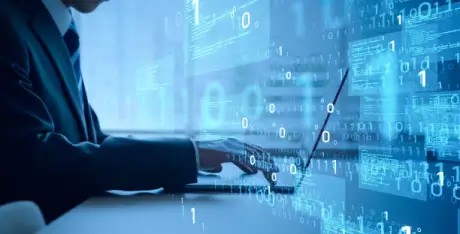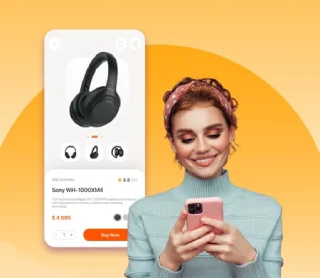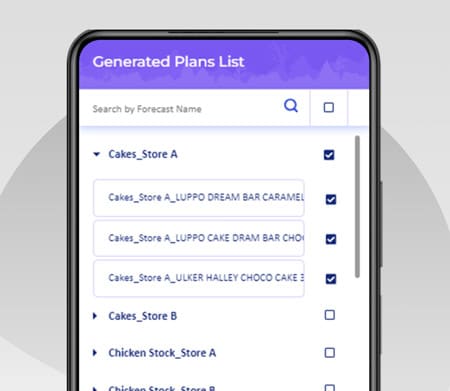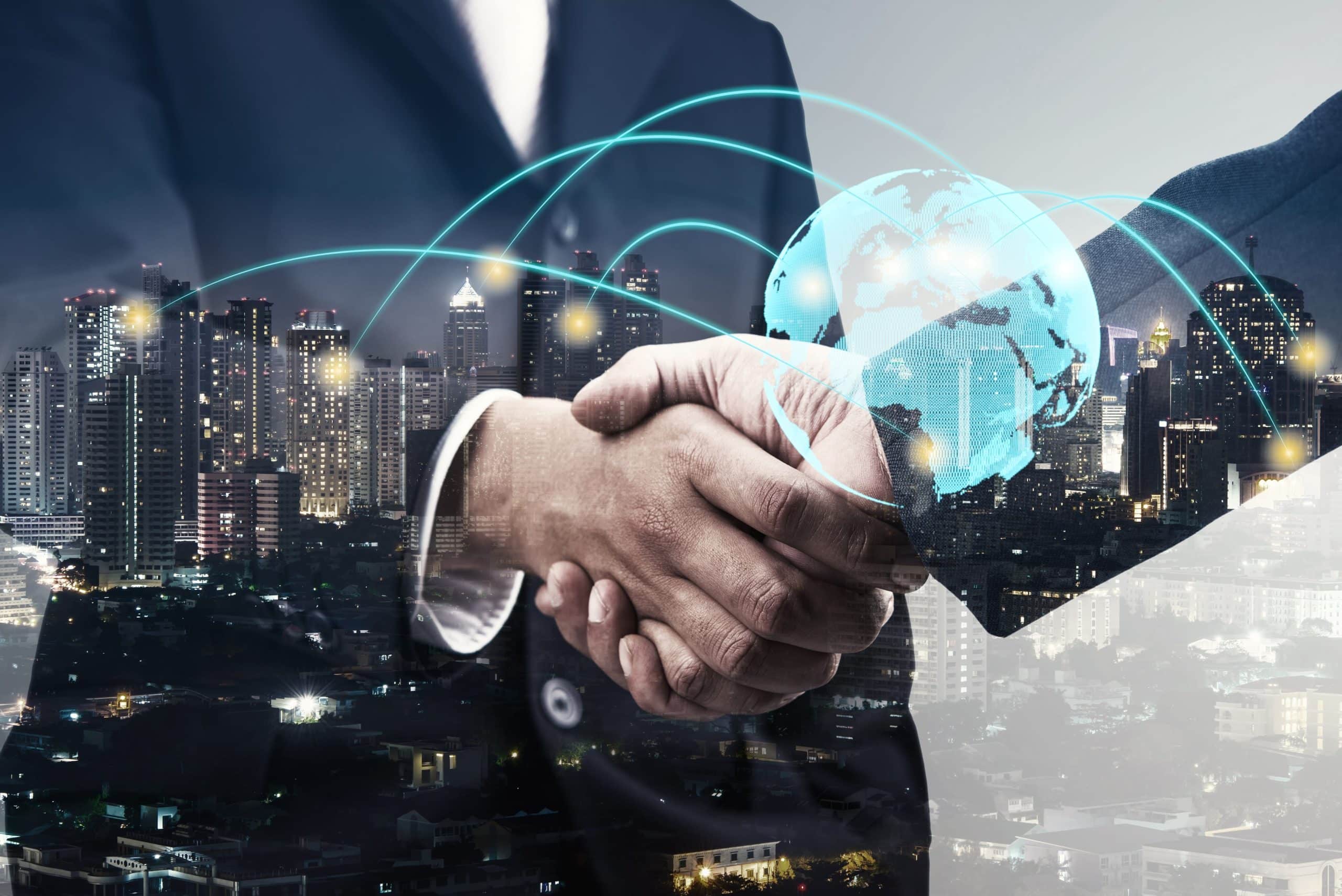While B2C businesses are competing fiercely to make customer experiences on their digital channels more and more personalized, many B2Bs are still considering whether investing in personalization is worth it.
In 2020, a Folloze research showed that while 77% of B2B professionals believed that personalized experiences would improve customer relationships, 54% found B2B personalization more difficult to achieve than B2C personalization.
What you need to remember is that at the receiving end of B2B products and services is, nonetheless, a consumer; it’s just that the consumer has a different persona. And the B2B customer, like any other user in the past few years of accelerated digitalization, has evolved.
2 Key Reasons to Personalize B2B Customer Experiences
Here are two main reasons why hyper-personalization is essential in the B2B sector today.
-
Customers Expect It
Ever since Amazon started personalizing their website and app experiences, every customer wants that kind of experience from all brands they interact with, even B2B. Therefore, when 80% of US consumers say they would prefer to buy from a company that personalizes experiences for them, isn’t it safe to assume that B2B consumers would also have similar expectations?When John Bruno, the then Senior Analyst at Forrester (and now VP of Strategy at PROS), spoke in an Algonomy (then RichRelevance) webinar in 2018, he said, “Regardless of the buying dynamic—B2C or B2B—it’s the next great experience that resets the bar for what a good customer digital experience should look like. And this has become the expectation for all buyers.”
So, if you thought only B2C consumers want personalized experiences, time to think again. Engage your B2B customers with hyper-personalization because they want it from you as much as from their favorite fashion brand.
-
You Can Sell More and Sell Efficiently
It’s true that most B2B companies do not sell to the multitudes like B2C generally does. And B2B products and services are often vastly different from those of B2C. However, around 80% B2B companies see sales growth once personalization is implemented.Personalization also brings down the amount of effort sales teams have to put in for lead acquisition. With personalization tools, you can identify prospects faster and more easily, which means less time spent sending cold emails that are ignored or deleted without opening.
Personalization helps you nurture and engage qualified leads, by focusing on individual needs and delivering content and products or services relevant to each customer. This means shorter buying cycles and faster deal closures.
Case Study
Read how a leading UK-based office supplies company drives revenue through hyper-personalized cross-sells.
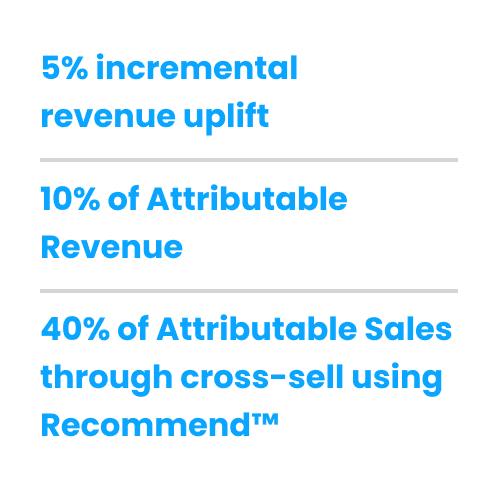
B2B Has Evolved from Customization to Individualization
Many B2B brands add some personal touches to emails, the most common of which are including the recipient’s name in the subject line and salutation, or adding the recipient’s company name or designation to the body of the email.
This is basic and can be called customization, but not personalization.
If you were talking to a customer or potential customer face to face, wouldn’t you remember their preferences (they are a Lakers fan), address them as they choose to (a nickname), or know that they like to have working lunches at French restaurants?
Post-pandemic, when so many in-person meetings have become digital, to achieve true personalization, you need to individualize customer experiences at all touchpoints—email, website/app, phone, live chats, and personal meetings. This means you need to activate audience intelligence for all kinds of communications and interactions between you and your users, and “own more of the customer lifecycle”, as Forrester puts it.
What B2B Personalization Actually Means
Ex-Forrester John Bruno says the personalization bar is actually higher in B2B than in B2C because there are more personal interactions, and more explicit data in the business-to-business segment than in the business-to-consumer segment.
This is because customers or the sales team directly get in touch with each other in a B2B interaction and you get to know the buyer personally early in their purchase journey.
The personalization curve of a business may go from no personalization to basic segmentation to advanced segmentation, and finally, individualization. “The goal should be to take a generic experience, tailor it to a segment and then eventually make that a segment of one,” Bruno says.
To explain further, from providing the same generic experience to all users, you start creating distinct experiences for different segments based on data such as gender, seniority level, or last interaction with you.
Further, you enhance the experience by creating smaller and more focused segments based on data such as browsing patterns, what content they consume on your website, click-throughs and pageviews, and past interactions with someone from your team.
Finally, when you’re ready for 1:1 personalization, you interact with each customer in real time, analyzing and addressing intent across all touchpoints.
So, the focus for a B2B marketer shifts from lead acquisition to optimizing customer experiences. You use everything you know about the B2B customer and create individual engagements and experiences that delight them.
Time for B2B Companies to Stop Pondering and Start Personalizing
Many companies are held back in their personalization efforts by budgetary constraints, inability to prove the ROI of investing in a strong personalization platform, or lack of skilled resources to make the most of the platforms.
Algonomy has worked with several B2B commerce players and helped them deliver excellent customer experiences and increase revenue. We can help with your digital transformation and assist you in creating a personalization roadmap, enabling you to start showing ROI in months, if not weeks.
Learn more about Algonomy’s all-in-one personalization engine and how it can help grow your B2B business. Or request a demo here.

